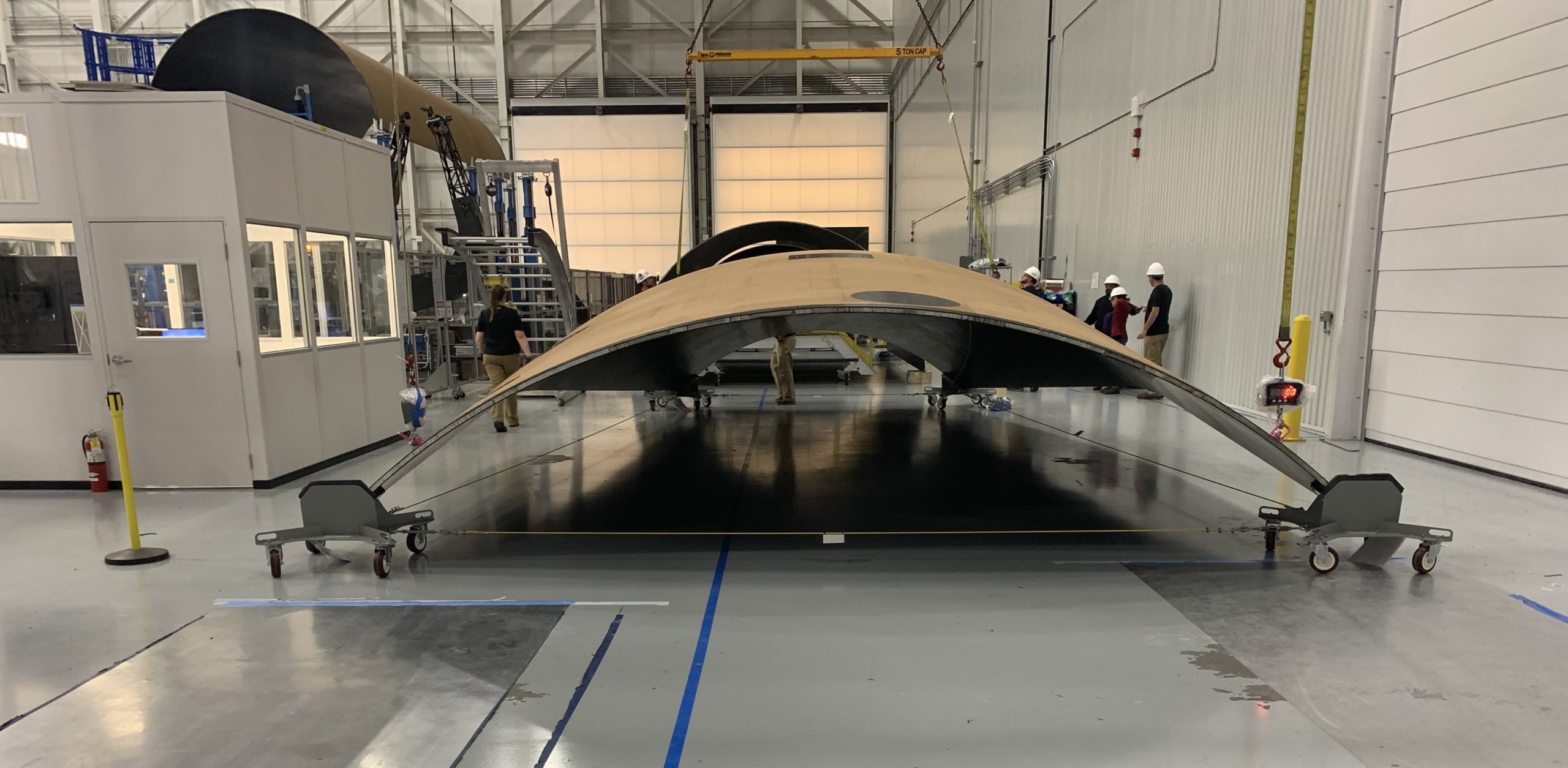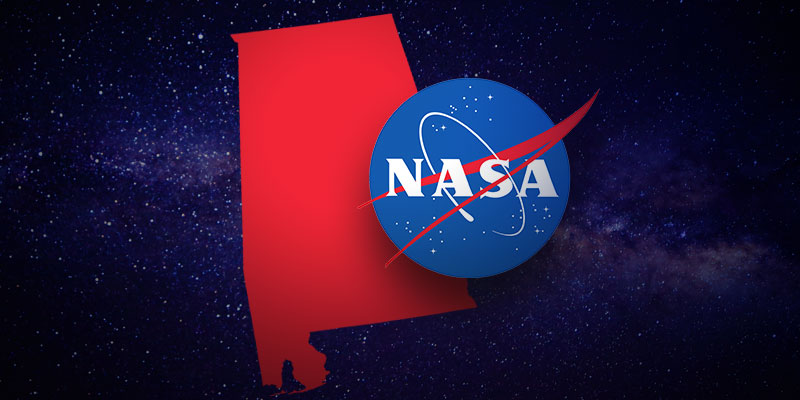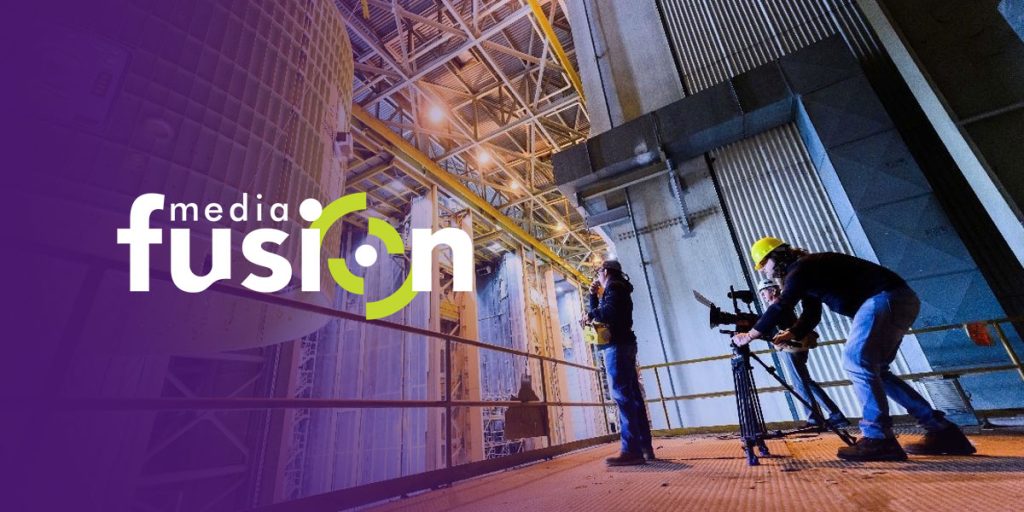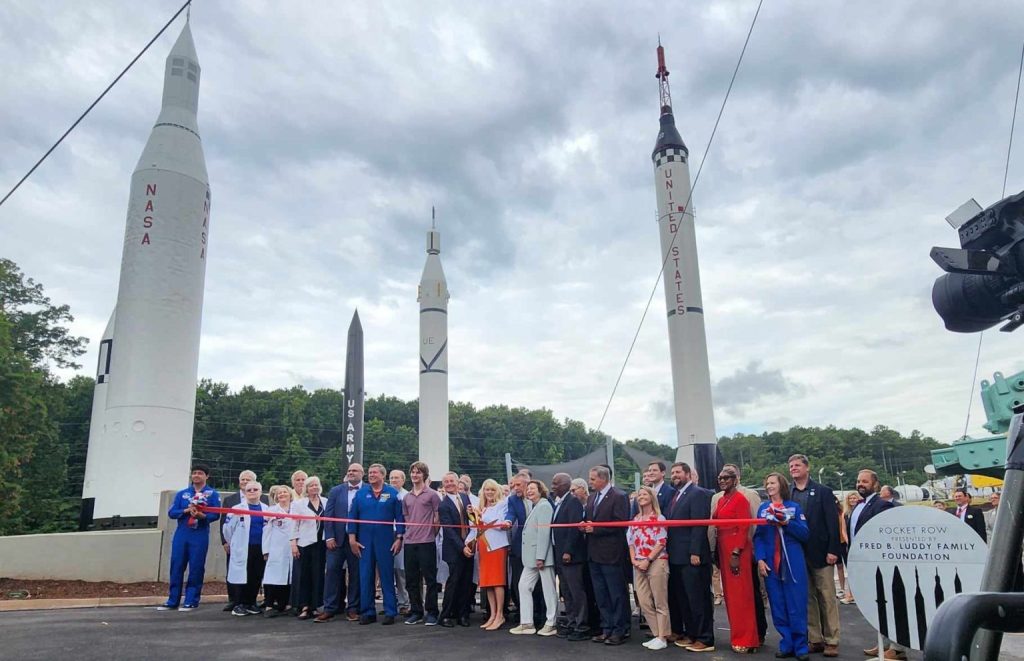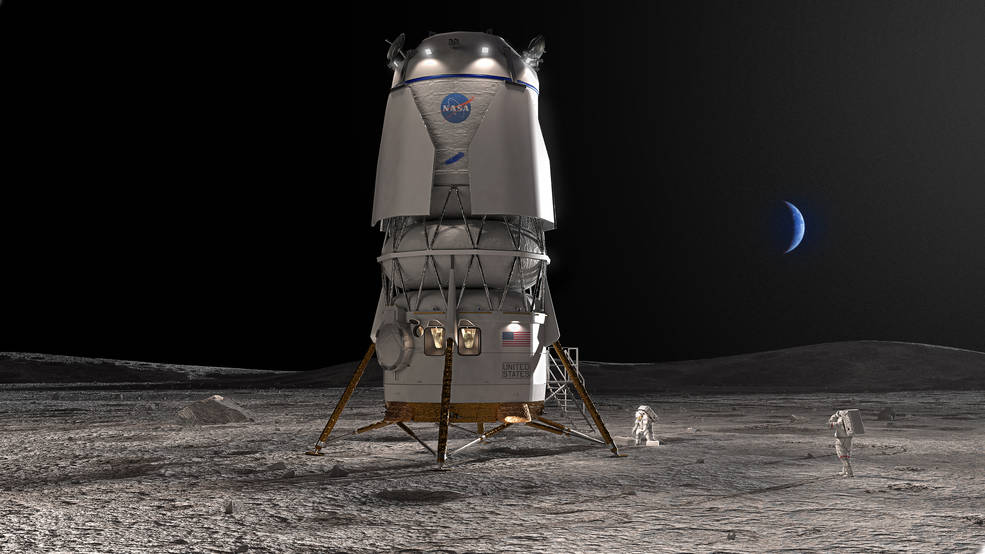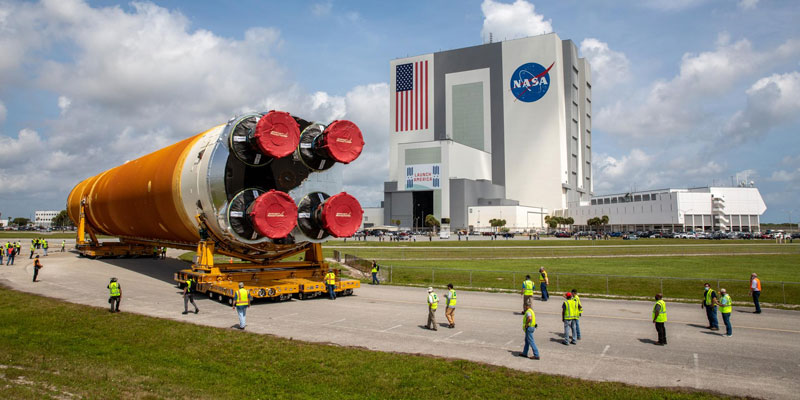Huntsville-based Dynetics has finished a critical hardware component for NASA’s Space Launch System (SLS).
As part of its effort to build the Universal Stage Adapter (USA) for SLS, the Dynetics/RUAG Space USA team recently completed the USA composite panel Manufacturing Test Demonstrator (MTD), according to a release from Dynetics.
The MTD is a full size USA panel, representing one of four panels that comprise a complete USA. The company noted that the demonstration panel is a significant step toward building the USA flight hardware at the Dynetics and RUAG facilities in Decatur.
“Our team has worked with the RUAG team to complete this MTD panel that will be used to validate manufacturing, handling and testing aspects of the design before steaming ahead to manufacture the flight hardware,” said Robert Wright, Dynetics’ USA project manager. “This panel is a result of our teams working closely with NASA to reach a high fidelity design baseline well ahead of the USA Critical Design Review, allowing us to purchase the long-lead bonding mold required to make full scale USA composite panels.”
SLS will be the rocket that launches America’s next lunar mission planned for 2024 and is a specialized launch vehicle designed, developed and managed by Marshall Space Flight Center in Huntsville. SLS has been billed as the only rocket powerful enough to carry the Orion spacecraft, astronauts and supplies to the moon in one launch.
A key piece of hardware for SLS, USA will measure 32.4 feet tall and 27.6 feet in diameter at its largest point.
The company outlined that once RUAG has completed the panel manufacturing demonstrations, Dynetics will begin system assembly manufacturing demonstrations. The final USA demonstration will take place at the Dynetics Aerospace Complex and involve a full length, vertical bonded joint.
“The vertical bonded joint technology allows the team to eliminate splice plates and fasteners that are typically used in composite joints,” said Wright. “This results in lower mass for the USA and improved payload lift capability for the SLS rocket.”
RELATED: Watch — Space Launch System and Orion spacecraft prepped for final phase of testing
Following completion of the MTD operations at the Decatur facilities, the team will begin working at Marshall’s test stands to perform full-scale damage tolerance testing.
NASA announced last week that it has resumed Green Run testing of SLS’s core stage, an essential step toward the rocket’s completion.
“Green Run is the step-by-step testing and analysis of the new SLS rocket core stage that will send astronauts to the Moon,” said Richard Sheppard, the SLS Stages Green Run Test Lead from Marshall Space Flight Center. “This testing will reduce risks for, not only the first flight, but also for the Artemis mission that will land astronauts on the Moon in 2024.”
Testing the world’s largest rocket stage! At @NASAStennis, a series of critical tests resumed that will bring our @NASA_SLS ? core stage for #Artemis I to life for the first time. More about the upcoming “Green Run” tests: https://t.co/vY4ntVXkSb pic.twitter.com/eeRN7w29Xu
— NASA (@NASA) May 21, 2020
Tim Howe is an owner of Yellowhammer Multimedia




